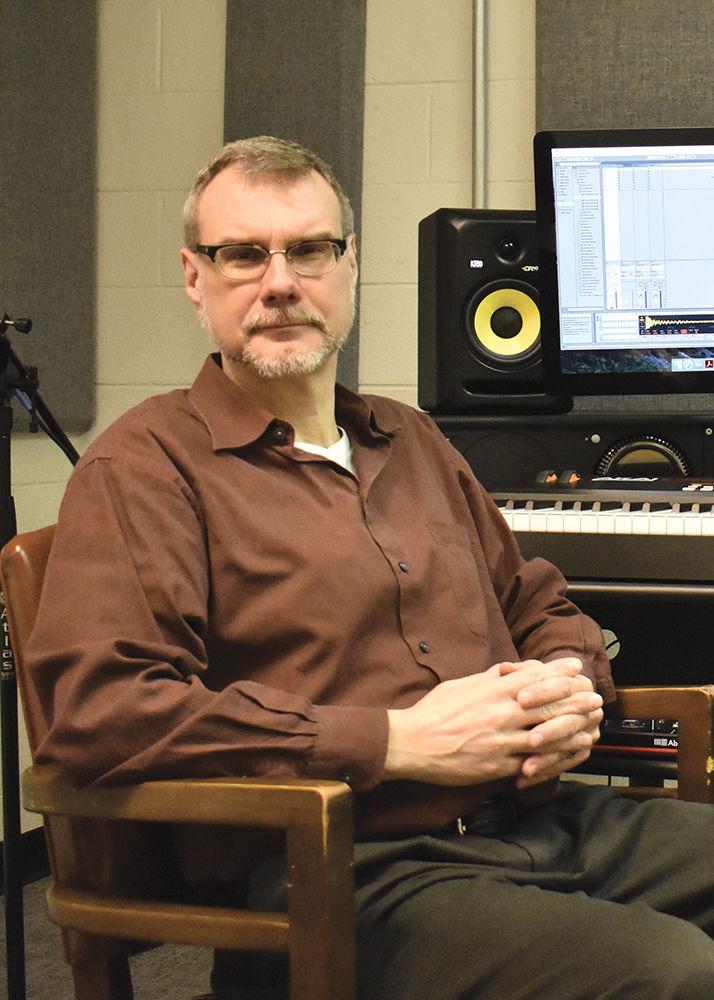Music, by nature, is very subjective. A song one person may find pleasant to listen to could be unbearable to another person. Because of this, it is increasingly hard to pin down what is considered to be the popular artists, songs and trends in today’s society. Is it what plays the most on the radio or what hits Billboard’s Hot 100? Two classes, broken up by time periods, are attempting to figure this out by looking at the history of popular music.
Formerly History of Rock 1950s-70s, Intro to Popular Music recently changed its name to make it abundantly clear what is being studied.
“When I was growing up and you said ‘rock,’ that included a lot of genres,” said Tom Koch, associate director of the Music Department and the course’s instructor. “Folk rock. Hip-hop. Rock was just all-encompassing. It’s like saying popular music, but most people I talk to around here on campus think it the term is limited to ‘rock.’”
Koch said that the name was changed to avoid this confusion and to encourage more diversity in the types of students who take the class. The class covers a wide variety of genres including electronic dance music, hip-hop, country and contemporary R&B, among others.
The course starts by covering blues artist Muddy Waters and moves on from there all the way through the two decades, ending somewhere in the punk era with artists like the Sex Pistols and the Ramones.
“As far as rock ‘n’ roll, we cover Elvis, British rock — the Beatles and the [Rolling] Stones,” Koch said. “We cover Motown so that we can cover the Supremes, Smokey Robinson and the Jacksons [The Jackson 5]. We cover funk. James Brown and Sly and Family Stone. We cover country rock like the Eagles. We cover the psychedelic era — Jimi Hendrix and Janis Joplin.”
Koch said that he wants students who take the course to have a broader understanding of what people call “popular music.” Koch defines the term as music that has been oriented towards a teen market as opposed to adults, citing Frank Sinatra as an example of more adult music.
“I think we want to legitimize it has well,” Koch said. “There’s a certain feeling with rock music that somehow it’s not on the same level as classical or jazz [music].”
Koch said that the university has been missing out on a lot of music by focusing solely on traditional genres and that it is not a problem specific to NC State, but to college music in general.
“We do offer an African-American music class,” Koch said. “We offer jazz. We offer a diverse class, like women in music. So we have the diversity, and I just want to add to that by giving a sense of legitimacy to the music that all students have listened to for the past 60 years.”
Koch said he hopes that students who take Intro to Popular Music are inspired by the course to write, market and produce their own music.
According to Koch, it is a long-term goal of the Music Department to take the popular music courses, the DAWs course and the music industry course, as well as the arts entrepreneurship minor, to form a new music minor track. Koch also said he hopes that the department can expand what the course and courses like it can be counted for, specifically looking at humanities and history requirements.
Intro to Popular Music 1950s-70s can currently count as either a visual and performing arts credit or a U.S diversity credit. There is no prerequisite for the course.













